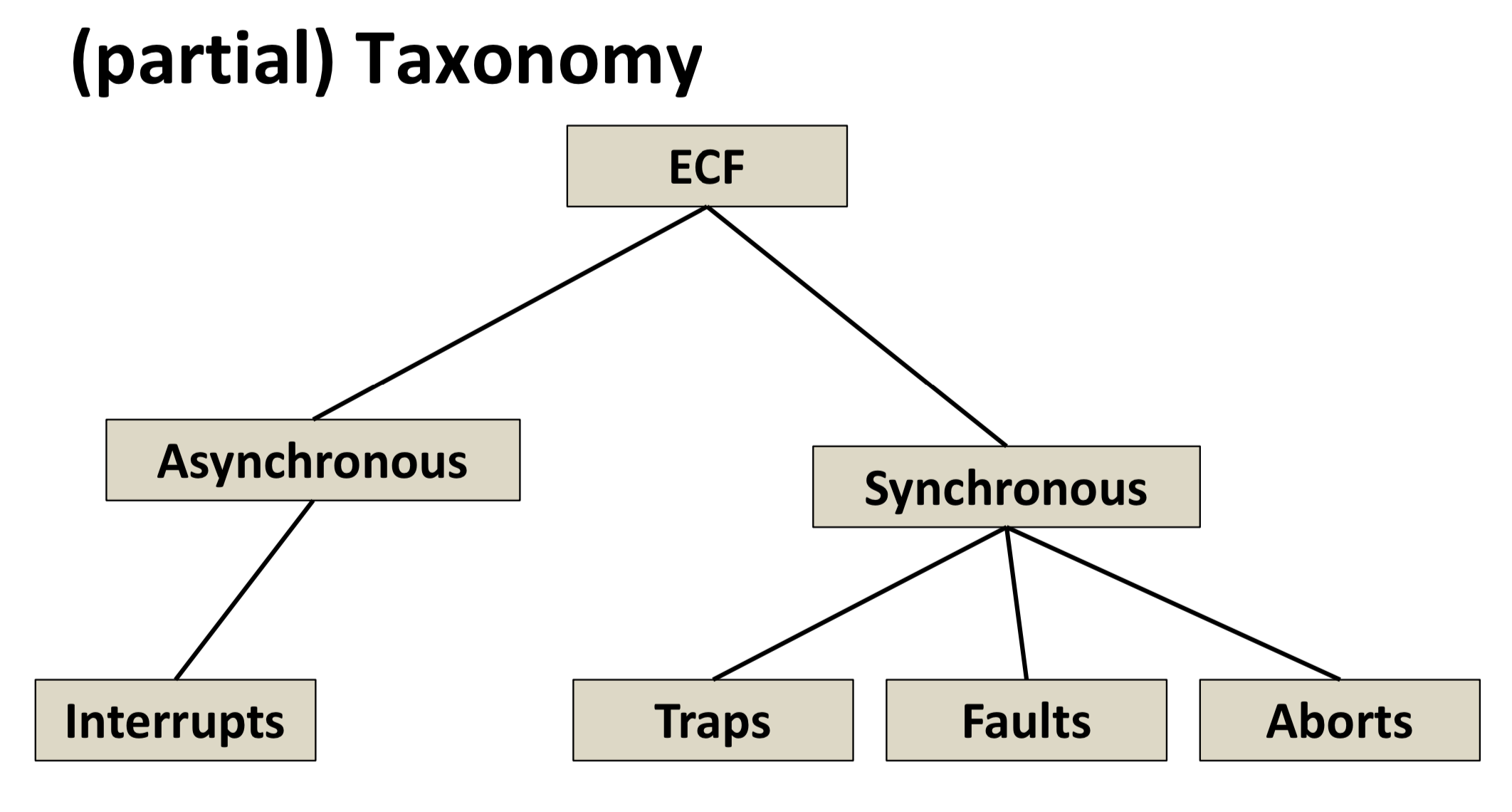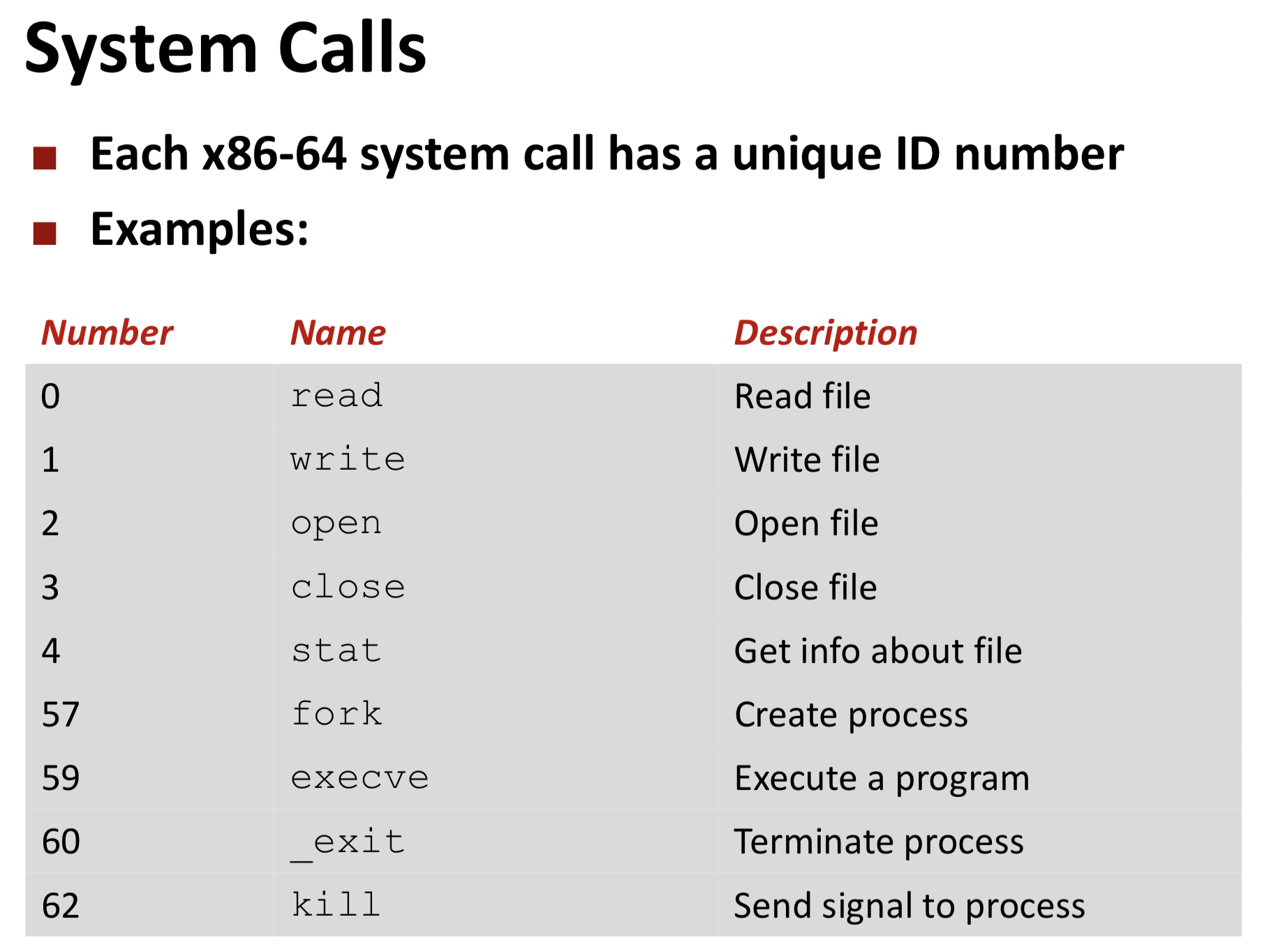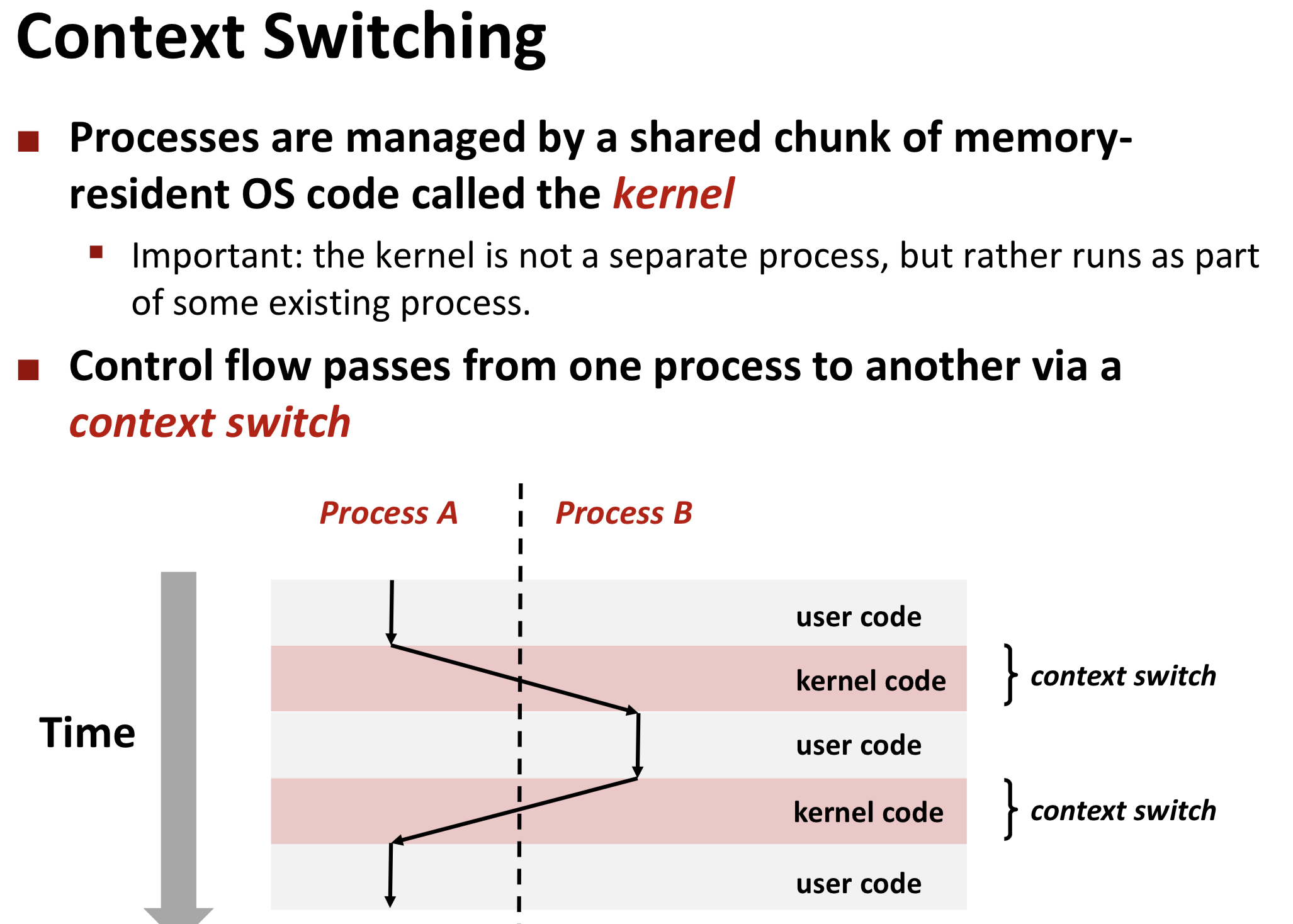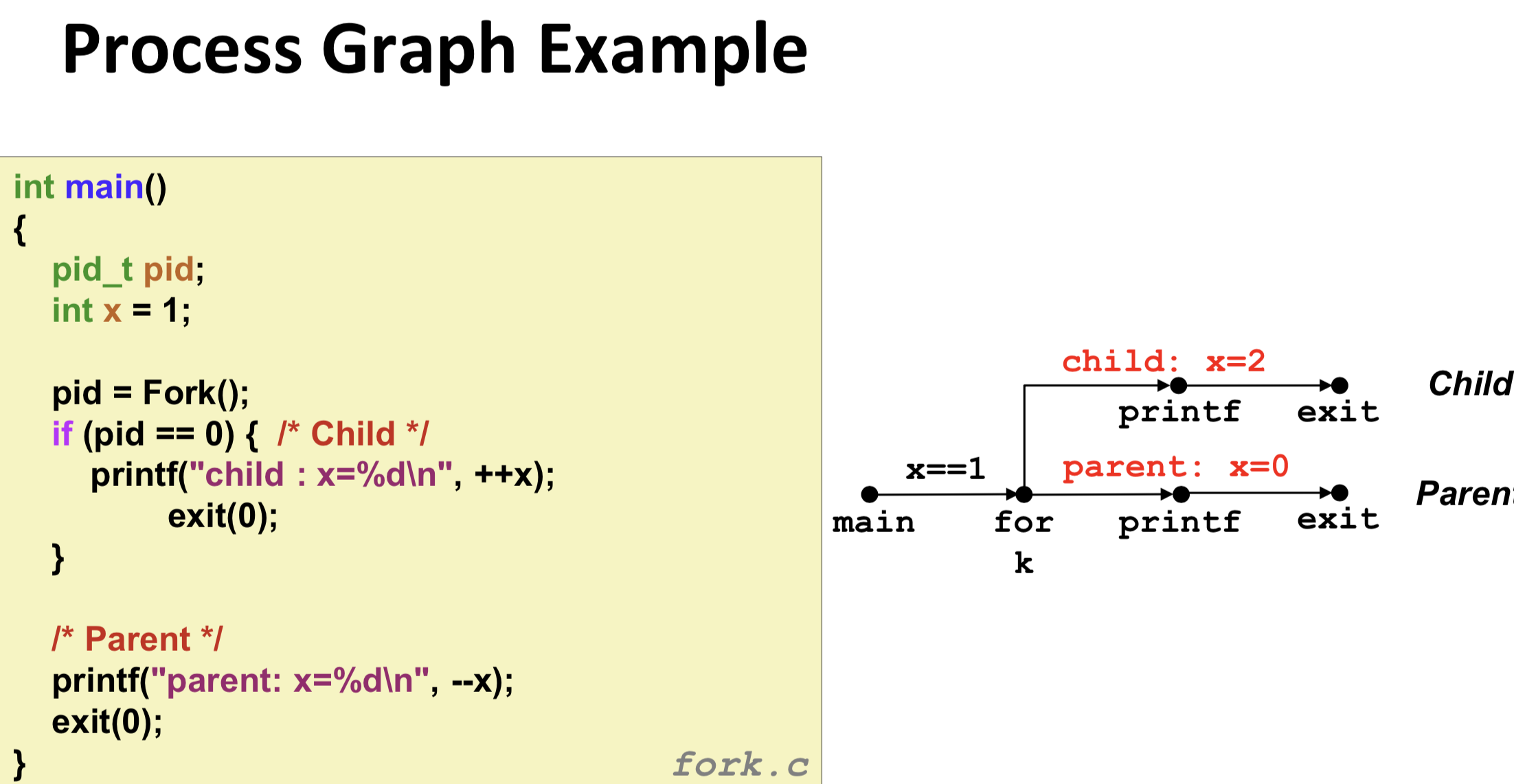Chapter 1 -Notes
Chapter 1 is the roadmap of this book started by a simple example that every programmer should have known - The "Hello world" program.
Unlike the other book's, The author break this program down into serval part and introduces the idea in computer systems by tracing the life cycle of the program, which give me a more clear picture of what this program doing in machine level.
There is a few key opinions I would like to bear in mind in the future .
Bits + Context = Information .
If you search wiki for the definition of information, there is a lots[bad expression] of sayings. But the author says, in the computer science context, information is equal to bits with context. information can be defined to bits with context.
-
All information in a system is represented as a bunch of bits . For example, the hello.c program is stored in a file as a sequence of bytes.
-
the same bits with different context , can be represent different things. it could be an integer, floating-point number, character strings, or machine instruction.
what is it context the above talking about ? I thought it mean the state of cpu register or the state of the process, for which it can take the same input bits, but interpret it into different objects.
A memory hierarchy
Why we need memory hierarch ? Because, On top of the memory hierarchy memory has faster access time, less capacity and higher cost per bit stored. At the bottom there is larger storage capacity, slower access time and lower cost per bit stored.
As the book says
As we move from the top of hierarchy to the bottom, the devices become slower, larger, and less costly per byte. More Detail: Memory Hierarchy Introduction
Operating system manages the hardware
There two primary purposes of operating system:
- to protect the hardware from misuse by application
- to provide applications with simple and uniform mechanisms for manipulating low-level devices .
So it can be discussed into three parts: process、virtual memory、files.
Level of concurrency
- Concurrency, refer to the general concept of a system with multiple, simultaneous activities
- Parallelism, refer to the use of concurrency to make a system run faster.
There is a three ways of concurrency:
- The thread level
- Instruction level
- Single-Instruction, Multiple-Data (SIMD) Parallelism.
What is the different of these three levels ? how to distinguish them from each other ?
REFERENCE
Aside
-
You are 【poised 】for an exciting journey
-
You will learn the promises and 【pitfalls】 of concurrency
-
C also lacks 【explicit】 support for useful abstractions .
-
We do not know 【the inner workings】 of the compiler .
-
The 32-bit code that has become 【ubiquitous】 on machines running Linux, Windows.
-
The shell prints a prompt and waits for the next input command line.
-
The executable program 【resides】 on the disk.
-
A system can get the effect of both a very large memory and a very fast one by 【exploiting】 locality, 【the tendency for 】programs to access data and code in localized regions.
-
We can think of the operation system as a layer of software 【interposed 】between the application program and the hardware.
-
This concludes our initial 【whirlwind】 tour of systems.
这些有趣的表达,在中译本会被翻译成什么样呢?























Aside
This is the repo I used for keep track of my reading notes of CSAPP book .
I would like to challenge myself to keep notes in english . Because I am reading this book in english version.
And there are a few rules I set up for myself, as the following: